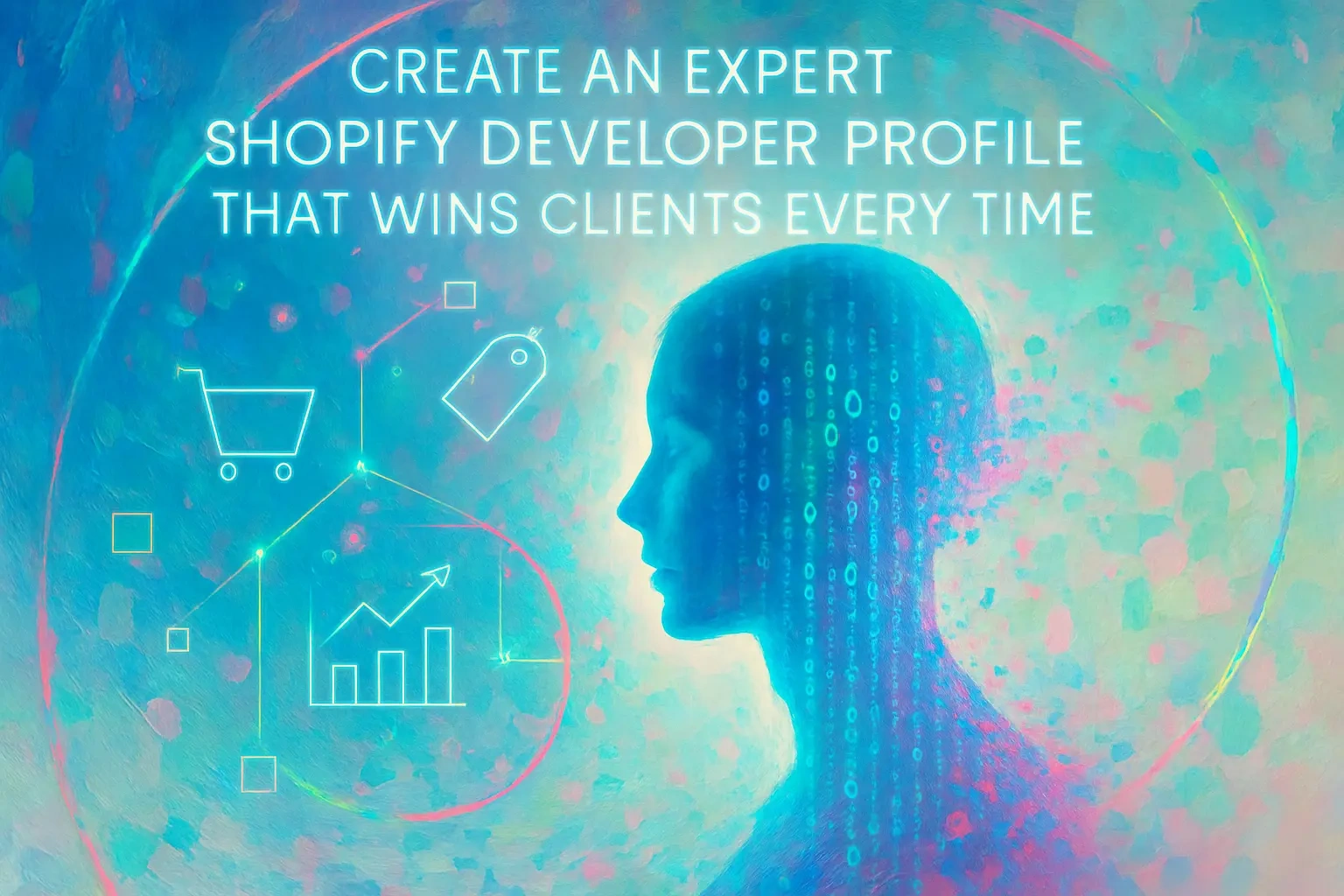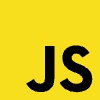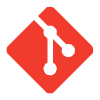Create an Expert Shopify Developer Profile That Wins Clients Every Time

Create an Expert Shopify Developer Profile That Wins Clients Every Time
The Anatomy of a Winning Profile
Crafting a Professional and Catchy Headline
Writing a Compelling Bio and Summary
Showcasing Your Technical Skills Effectively
Highlighting Your Experience and Portfolio
Selecting the Right Projects to Feature
Writing Persuasive Project Descriptions and Case Studies
The Importance of Testimonials and Client Reviews
Optimizing Your Profile for Visibility and Impact
Using Keywords to Attract the Right Clients
Maintaining an Up-to-Date and Active Profile
Leveraging a Professional Headshot and Branding
Conclusion
References
Create an Expert Shopify Developer Profile That Wins Clients Every Time
The Anatomy of a Winning Profile
Crafting a Professional and Catchy Headline
Writing a Compelling Bio and Summary
Showcasing Your Technical Skills Effectively
Highlighting Your Experience and Portfolio
Selecting the Right Projects to Feature
Writing Persuasive Project Descriptions and Case Studies
The Importance of Testimonials and Client Reviews
Optimizing Your Profile for Visibility and Impact
Using Keywords to Attract the Right Clients
Maintaining an Up-to-Date and Active Profile
Leveraging a Professional Headshot and Branding
Conclusion
References
Posted Jul 4, 2025
Learn how to craft a compelling Shopify developer profile that attracts high-value clients. Discover tips on showcasing your skills, writing a powerful bio, and structuring your profile for maximum impact.









